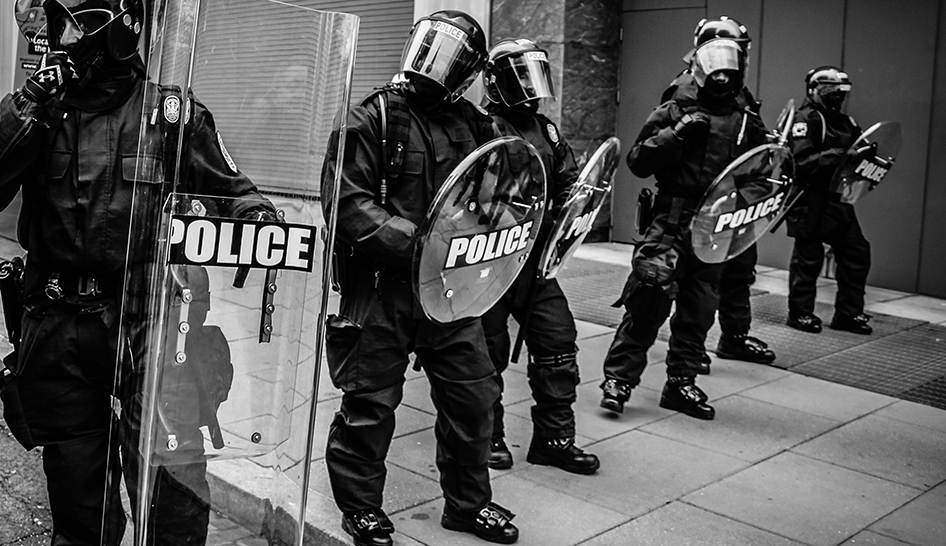Creating an Emergency Action Plan
The Department of Homeland Security offers tools, workshops, and materials you can use to prevent active shooter incidents and properly respond to one, if you need to.
The first step in preparing to handle this kind of incident involves working with your human resources department, your training department (if one exists), facility owners/operators, your property manager, and local law enforcement officials and/or emergency responders to create an Emergency Action Plan (EAP).
An effective EAP often includes:
- A preferred method for reporting fires and other emergencies
- An evacuation policy and procedure
- Emergency escape procedures and route assignments (e.g., floor plans, safe areas)
- Contact information for, and responsibilities of, individuals to be contacted under the EAP
- Information concerning local area hospitals (e.g., name, telephone number, and distance from your location)
- An emergency notification system to alert various parties of an emergency including:
- Individuals at remote locations within premises
- Local law enforcement
- Local area hospitals
Active Shooter Training for Staff and Members
Once you have established an EAP, the most important thing you can do is put your members and employees to the test. Perform training exercises that simulate active shooter scenarios regularly to make sure everyone knows exactly what to do and what would be expected of them during a real situation.
It is also extremely valuable to form relationships with local law enforcement officials and invite them to speak to your staff and your members about the practical ways to respond to an active shooter incident. They can share beneficial knowledge on how to recognize the sound of gunshots, how to react quickly when gunshots are heard or when a shooting happens, how to speak with 911 responders, how to react when law enforcement officials arrive, and how to adopt a survival mindset during times of crisis.
Our team is compiling resources to help clubs prepare for an active shooter situation. If you have any useful materials or insights, please share them with us.

